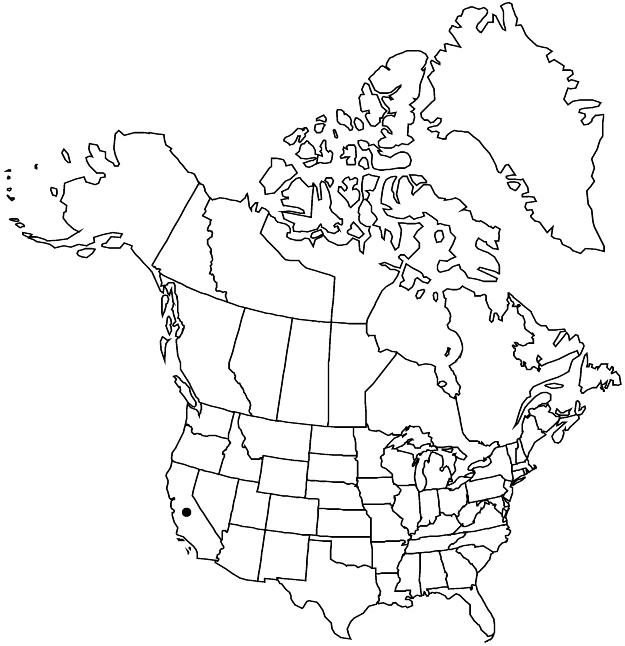Difference between revisions of "Dudleya attenuata subsp. attenuata"
FNA>Volume Importer |
imported>Volume Importer |
||
| (2 intermediate revisions by 2 users not shown) | |||
| Line 57: | Line 57: | ||
|publication year= | |publication year= | ||
|special status= | |special status= | ||
| − | |source xml=https:// | + | |source xml=https://bitbucket.org/aafc-mbb/fna-data-curation/src/2e0870ddd59836b60bcf96646a41e87ea5a5943a/coarse_grained_fna_xml/V8/V8_352.xml |
|genus=Dudleya | |genus=Dudleya | ||
|subgenus=Dudleya subg. Stylophyllum | |subgenus=Dudleya subg. Stylophyllum | ||
Latest revision as of 22:43, 5 November 2020
Caudices 0.5–2 dm × 0.3–1[–1.5] cm, clumps 1–4 dm diam. Leaves without resinous odor; rosette (lax), 5–20-leaved, 2–5(–10) cm diam.; blade often purplish, linear to linear-oblanceolate and somewhat clavate, terete or flattened adaxially towards base, 2–10 × 0.2–0.5 cm, 2–5 mm thick, to 2 times wider than thick, base 5–15 mm wide, surfaces farinose, not viscid, not oily. Inflorescences: cyme 1–3-branched, obpyramidal, (2–15(–20) × 1–10 dm); branches simple; cincinni 3–15-flowered, not circinate, 2–11 cm; floral shoots 0.5–2.5 dm × 1–3 mm; leaves 5–10, ascending, linear-lanceolate, (turgid), 5–3.5 × 0.2–0.5 cm. Pedicels 0.5–3 mm. Flowers: petals widespreading or somewhat ascending from near middle, connate 0.5–1 mm, white often flushed with rose, especially on keel, triangular-ovate, 6–10 × 1.5–3 mm, apex acute, corolla ca. 10 mm diam.; pistils erect, 4–7 mm; styles 1–2.5 mm. Follicles ascending, with adaxial margins ca. 45–60º above horizontal. 2n = 34 [68, Mexico].
Phenology: Flowering spring.
Habitat: Bluffs, flats, and rocky slopes near sea
Elevation: 0-10 m
Distribution

Calif., Mexico (Baja California).
Discussion
Of conservation concern.
Subspecies attenuata is abundant southward in Mexico but barely enters southwestern San Diego County on the coast, where it is now rare. It is considered seriously threatened in California. Dudleya attenuata subsp. orcuttii (Rose) Moran was thought to be distinct in having white or rose-tinged petals; subsequent field work showed that some populations include plants with yellow petals (R. V. Moran 2001). Stylophyllum parishii was supposedly from Pala, 90 kilometers to the north of the southwestern San Diego County population of subsp. attenuata, and was based on cultivated plants that apparently were mislabeled (Moran 1943).
In northwest Baja California subsp. attenuata hybridizes with Dudleya brittonii, D. edulis, D. formosa, and D. variegata; all the hybrids apparently are rare.
Selected References
None.